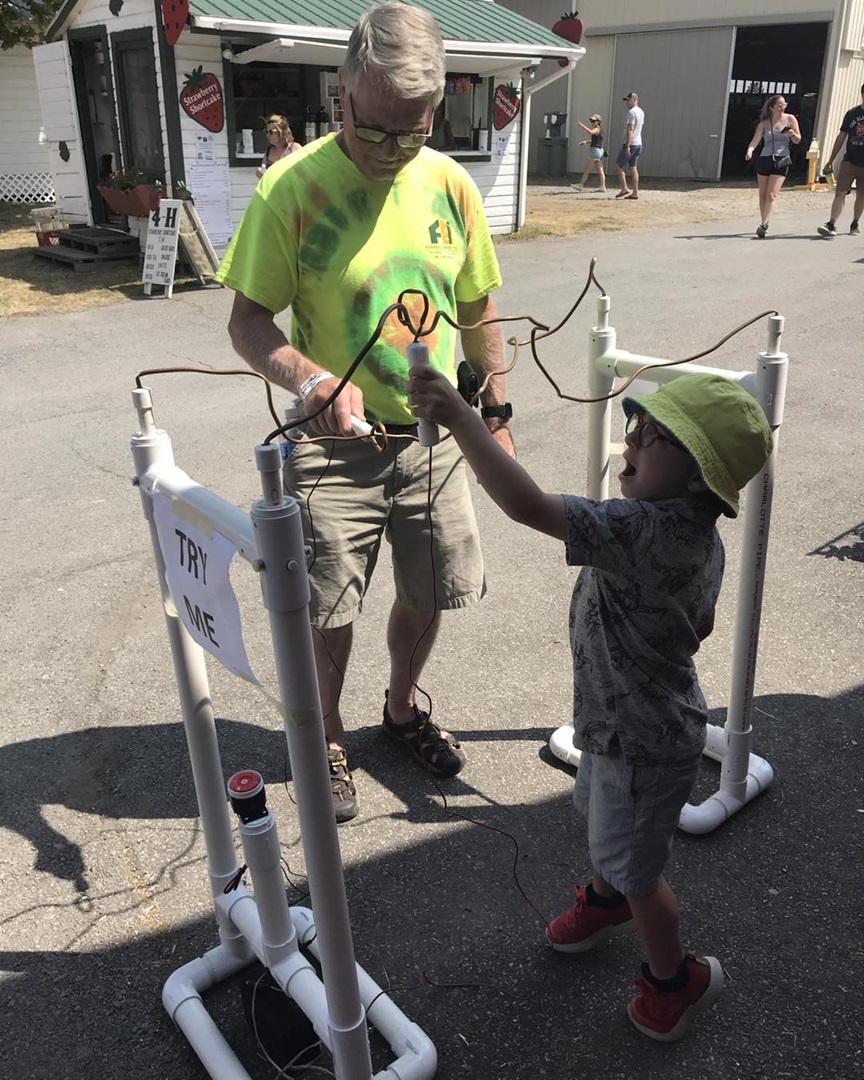
SMIST Inspires Rural Students through STEM Enrichment
Schoharie Mohawk Initiative for Science and Technology (SMIST) fills in where schools leave off, offering STEM enrichment to rural students who would otherwise have an inadequate grounding in these important areas of study. It’s a problem all over the United States; the necessity to cover the basic curriculum leaves teachers with little time to devote to the sciences. In smaller communities, where the student population is small, the situation is even more dire, because less aid is available to purchase the resources necessary to provide such lessons.
This is where SMIST comes in to give kids a taste of what is out there in the world of science and technology, and to pique their interest in pursuing STEM career opportunities. From afterschool programs, to career mentorship, summer programs, and robotics competitions, SMIST is awakening young people to the wonders of STEM in an experiential learning environment. That’s important, because rural kids deserve the same opportunities as students who live in large cities. Ensuring educational equity means making sure that children who live in smaller, scattered communities, get what they need to succeed.
We put some questions to Walt Silva, the founder and president of our latest small grant recipient, Scoharie Mohawk Initiative for Science and Technology, to find out more about this work:
Kars4Kids: Let’s start by hearing about your demographic. SMIST programs aren’t limited to Scoharie, correct? Where do you operate and whom do you serve? How would you describe the participants in your programs and how many participants are there?
Walt Silva: That’s correct. Our programs are open to all students regardless of location. However, our focus is on the smaller rural communities in the western portions of New York’s Capital Region as these demographics and school districts tend to have less funding and resources available for the type of programs we offer. Today, the school districts in this region typically have about 650 students for grades K-12; However, these numbers continue to shrink, thus reducing the potential aid school districts may receive. Our intent is to partner with these school districts and communities to offer seasonal team programs (e.g., FIRST Robotics), monthly DIY programs, as well as week-long summer camps. We have been fortunate to offer our programs at different venues including schools, churches, and libraries. The number of students we serve depends on the program and duration. The numbers can be anywhere from 5 to 50 students per program.
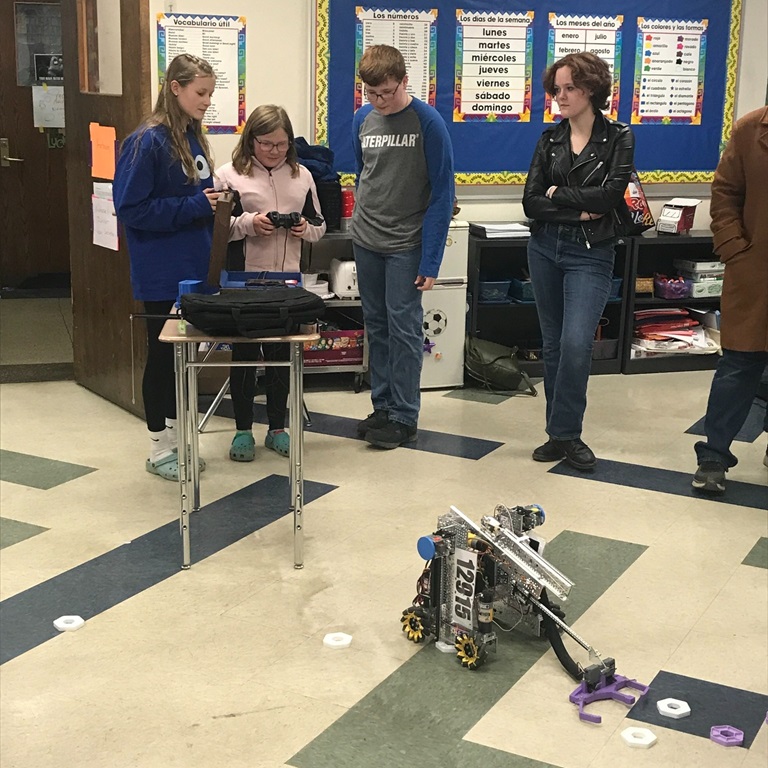
Kars4Kids: We’ve heard of STEM and we’ve heard of STEAM, but you offer STEAAM, with the extra “a” standing for “agriculture.” That’s a novel inclusion. Why agriculture?
Walt Silva: The Schoharie Valley region was known as the Breadbasket of the American Revolution, as the agricultural output of the region was responsible for feeding General George Washington’s Army during much of the war. Since then, agriculture has and continues to be the life blood of the region; however, like other industries, it has been influenced and transformed by advances in science and technology. These agricultural advances must continue as demand for food is growing at the same time supply faces constraints in land, farming inputs and climate uncertainty.
So, why distinguish or explicitly mention agriculture as opposed to any other industry impacted by science and technology? There are two reasons. First, the mainstream depiction of farming, growing food, and caring for animals is outdated. Most people think of Old MacDonald when farming is mentioned. As a result, this picture of the past makes agriculture unappealing to kids, which is unfortunate as agriculture is a fundamental industry in our region. Everyone needs food. Second, agriculture is a critical industry with a long history in the community. Although, we desire to expose kids to different experiences, we realize that some of the best technical lessons and opportunities can be found locally. Agriculture is a thriving industry that uses the latest technology to feed a growing world.
Kars4Kids: In its values statement, SMIST states, “Our focus is NOT the technology or the latest trends as they are always changing.” Can you explain then, how you address the technology component of STEAAM?
Walt Silva: We are continually looking at and evaluating the different technologies that are available; however, the method or approach used in a technology before could become deprecated over time as better ways are developed. We do not look at our mission as job-training where these skills must directly support the job market, but more of exposing students to general fields of study and interest. We focus on the general principles of these areas where how they are implemented is less important and changes over time than what the principle is. Additionally, we try to implement technology using a DIY or “built in your garage” approach as opposed to buying kits where the material is already pre-cut, pre-drilled and basically laid out for the student. Instead, we work to teach concepts and develop products using common material found at local stores to help spark students’ imaginations and to think outside the box. Such materials might include piping, wood, other material from which the students to cut down size, drill, glue, etc. to make their product
Using this DIY approach where each student’s project may vary due to material, ability, and concept, helps reinforce that students should not look at science and engineering as being black or white, but different shades of gray, as there are different ways of solving the same problem. We are trying to introduce students to a different way of thinking and learning to work together.
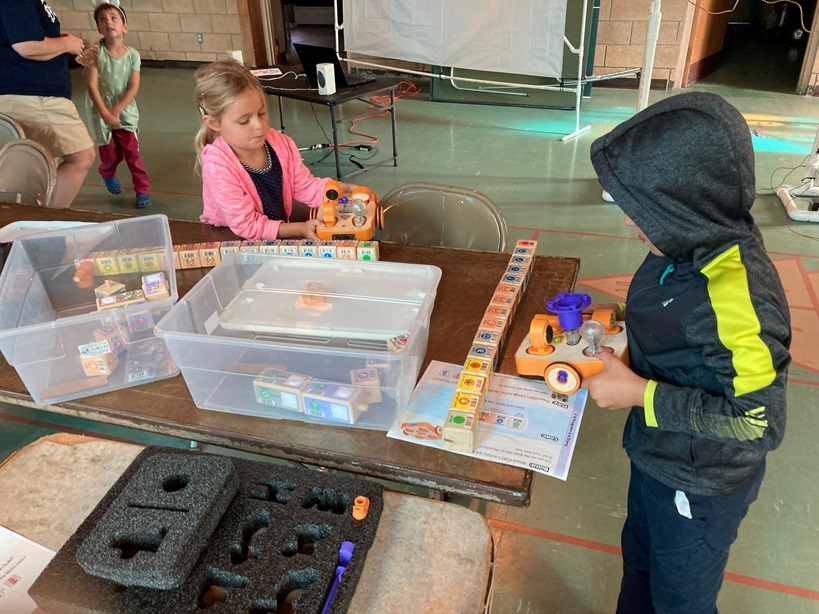
Kars4Kids: SMIST competes in two separate FIRST challenges. What are the two challenges and how do they differ?
Walt Silva: Since our inception, we have organized and mentored For Inspiration and Recognition of Science and Technology (FIRST) robotics teams. The first team being a FIRST LEGO League (FLL) robotics team made up of local students in grades 4-7. Subsequently, as students aged off the FLL team, we started a FIRST Tech Challenge (FTC) robotics team for students in grades 7-12. The robotics teams are an after-school program offered from September to February. Each August, a new challenge that focuses on a different theme or topic, is released.
For FLL, their challenge consists of the following three parts:
- Robot Game – Teams build and program an autonomous (no remote control) LEGO MINDSTORMS® robot to score points by performing mission tasks. The tasks require the robot to grab, transport, or deliver objects on a game mat.
- Project – Teams learn more about the science behind the challenge theme. The students use their creativity to design a solution (or modify an existing solution) to solve a real-world problem.
- Core Values – While FLL teams work on the robot game and the project each year, they are guided by the FLL Core Values. The Core Values are part of what makes FLL so special, because kids compete like crazy but still respect their teammates, coaches, and their “competitors.”
For FTC, the focus moves away from the project portion and focuses solely on the robot game as the robots being designed are more sophisticated in their implementations and in the materials used. As a result, the students must become more knowledgeable in design principles, material properties, mechanical drawing, and programming. Additionally, the challenge field is much larger than that used for FLL. Although the technical portion of FTC is different than FLL, the Core Values portion remains the same. We believe the Core Values are equal if not more important than the technical portion of the challenge each year, as they are skills and behaviors that the students will use well beyond their experiences on any of the robotics teams.
At the end of the season, each team will participate in a regional challenge (e.g., tournament) where they will be judged on their different deliverables (e.g., project) and the performance of their robots. In addition, the teams are also evaluated in how well they display the FIRST Core Values and this behavior is factored into any awards a team receives. Our teams have participated in the different challenges through the last several years and regardless of the outcome, the students enjoyed themselves and were proud of the progress and accomplishments they completed during the season.
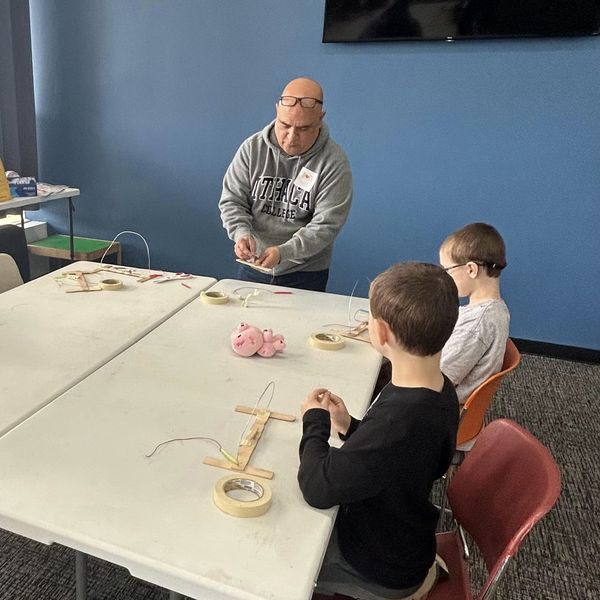
Kars4Kids: You offer a program called “SeaPerch.” That’s a clever name! Would you give us an overview of this program?
Walt Silva: I wish I could say we came up with the name; however, we didn’t. SeaPerch is an underwater robotics program that is administered by the nonprofit organization, RoboNation. Each year, from late January to mid-April, we offer the SeaPerch program to students in grades 6-8. The program guides participants through a real-world engineering and design project centered around building an underwater remotely operated vehicle (ROV). We use hands on or DIY methods to equip students with the resources needed to learn basic science and engineering concepts like tool safety, technical applications, problem solving, and team working skills. The materials used include PVC, 12V motors, network cable, and other items found locally or easily acquired from Amazon. The ROV is controlled through a simple controller that the students solder and which is tethered to the ROV using a network cable. The maximum distance the ROV can travel is about 50 feet, maximum length of the tether.
In April, our teams compete in the regional challenge, where the winner advances to the international challenge, which recently has been held at the University of Maryland. The challenge consists of two courses, obstacle and mission. The obstacle course consists of five hoops separated by four feet that the ROV must go through and then return. This course remains the same from year to year. Each year the SeaPerch theme changes and influences the mission course that the students need to complete at the challenge. This year’s theme was the depths of the ocean, while last year’s theme was space exploration. Although mission course specifics change, the course typically has the students move objects from one location to another, open doors, or release objects. What makes both courses challenging is that the student teams need to control the ROV from the pool deck and adjust for refraction as the ROV moves through the water. You can see one of our SeaPerch regional challenges here:
Kars4Kids: You offer a variety of summer programs, partnering with different local groups. Can you talk about these programs, and how you’re working with community groups?
Walt Silva: The summer programs we have been offering lately, Intro to Robotics and SeaPerch, have been derived from FIRST LEGO League and SeaPerch multi-month scripting programs. We basically squeeze each program into a single week. Due to shortening the programs, we need to eliminate or greatly reduce parts of the normal programs; however, the key parts of each program remain intact. The summer camps have a challenge that the student teams participate in on the last day of camp, similar to the challenge part of the regular program. We have been fortunate to be partnering with the New York Power Authority at their Blenheim-Gilboa Visitor Center for the last three years and using their pool at the Mine Kill State Park for our SeaPerch challenge. In addition to the programs, the summer camps also include guest speakers from the New York Power Authority, who discuss their jobs and careers. Previous summer programs we have held have focused on building wind turbines, carnival rides, and Rube Goldberg machines, and were held at other locations throughout the region.
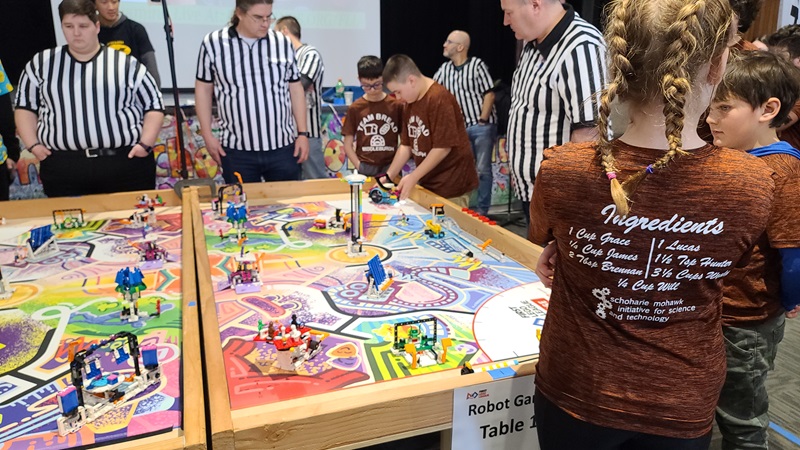
Kars4Kids: SMIST offers career mentoring. How does it work?
Walt Silva: Our volunteers have different professions and come from various backgrounds (e.g., former NASCAR driver, naval officer, designer of amusement parks). Upon request, we present and talk about our careers and the paths we each took to get to where we are now. The intent of the presentation is to let students know that there are different pathways to a career and there is no one “right” way. Also, it is okay to change plans, when it makes sense.
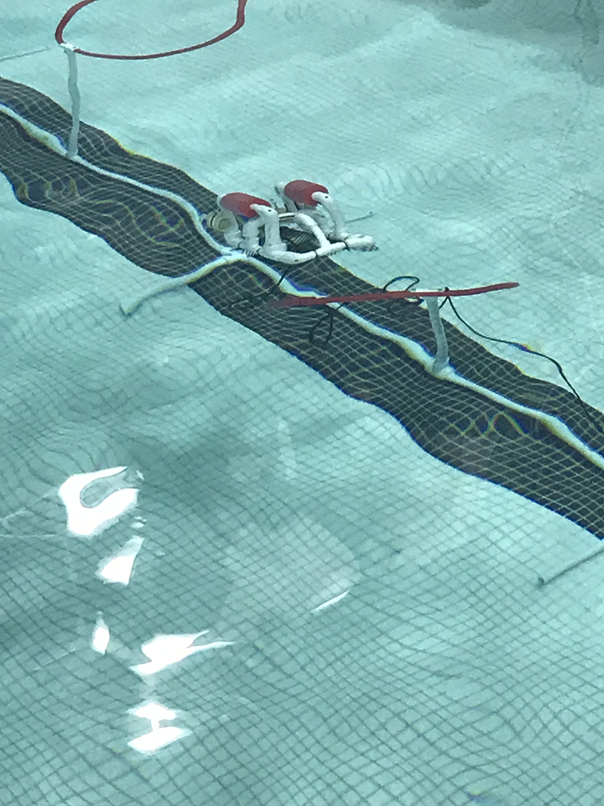
Kars4Kids: During the school year, you offer an afterschool program. What can you tell us about that?
Walt Silva: The afterschool program we offer is in partnership with our local libraries where once a week we complete a DIY project (e.g., build a paper speaker) at a different library in the region. We vary the day, location, and project each week, so students can go to any library and do something different.
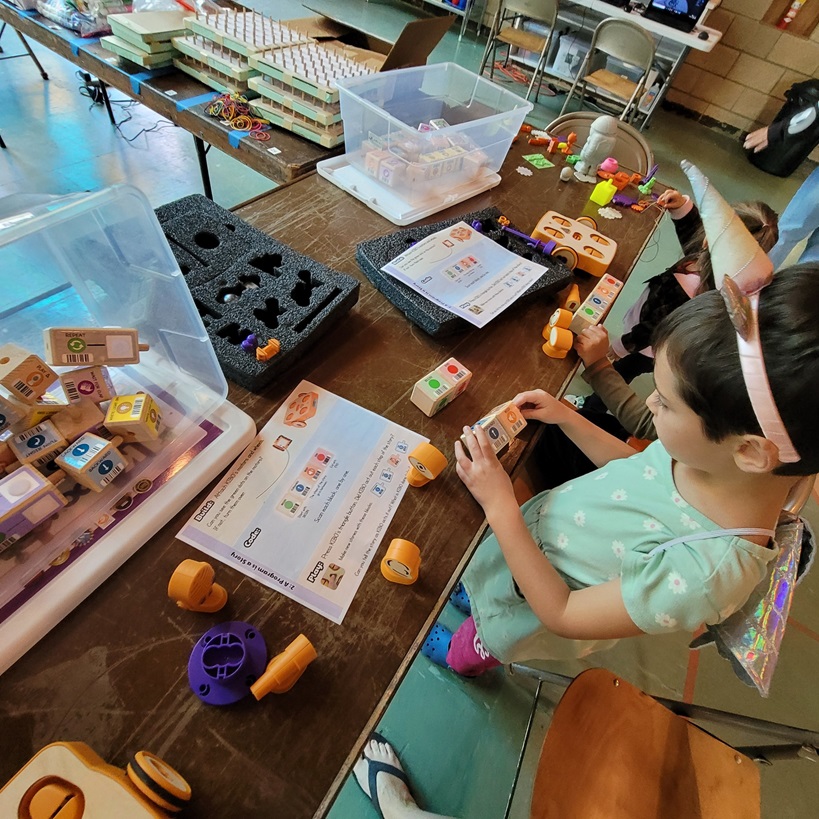
Kars4Kids: To some degree, SMIST depends on volunteers to carry out its work. How many volunteers do you have at present, and in what capacity do they serve?
Walt Silva: We are a completely volunteer organization with all of us having other full-time jobs. We have approximately 10 people who volunteer on a permanent basis. As a registered 501(c)(3) nonprofit, several of these volunteers serve on our board and help with running the organizational side of things. Some of them also help with our different programs, while other volunteers are dedicated to running/coaching our seasonal programs (e.g., FIRST robotics). We do have other volunteers throughout the year that support the “permanent” volunteers, but they help out only as their time and schedules allow. Building a larger pool of volunteers is one area we are focusing on in the near term, as this will allow us to offer more programs.
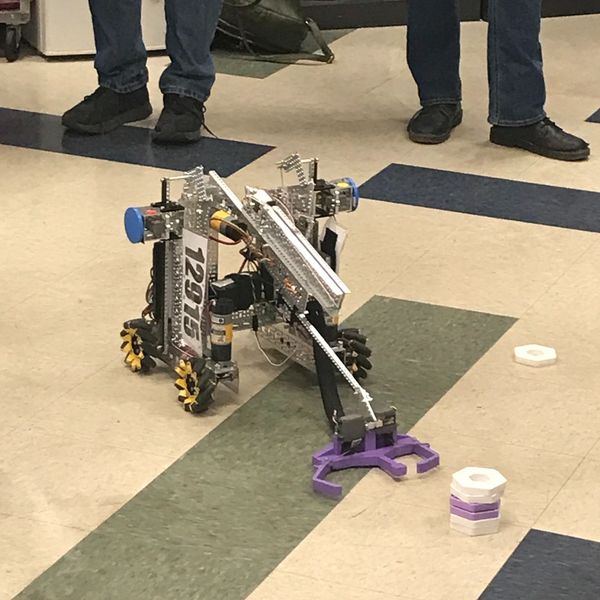
Kars4Kids: What’s next for Schoharie Mohawk Initiative for Science and Technology?
Walt Silva: We are always looking at and exploring ideas that support and fit with the demographics of our region. Last summer, in partnership with a local church, we offered a pop-up STEAAM center throughout the summer in their community hall. We learned a lot from the experience, especially that operating out of a single location may not be the best way to expose students to our different offerings. So, this year in collaboration with one of the community colleges, we are exploring the idea of a traveling STEAAM center, using one of the college’s workforce development training trailers. As the region we are trying to support is sparsely populated, we believe it makes more sense to move around the area then being centrally located like last summer. This approach would be different than what we do currently, running programs out of different locations. It will allow us to bring more complex and unique programs to the community using a trailer that has ample space and will already be configured for the activities.
The other area we are focusing on is drones and starting a drone soccer team. Drone soccer has been growing in popularity and is another team sport that we could add to our portfolio of multi-month programs (i.e., FIRST and SeaPerch). What is neat about the drones is that they are used in so many different activities, especially agriculture, where they are used to monitor fields and livestock without having to drive out to the actual location. We are just in the beginning of fundraising and developing this program but are excited to see where this leads us.
These are two of the ideas we are actively pursuing, with several others waiting in the wings.